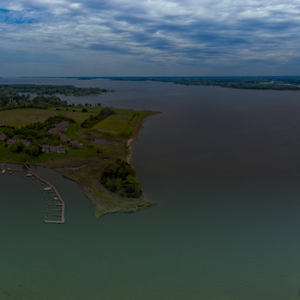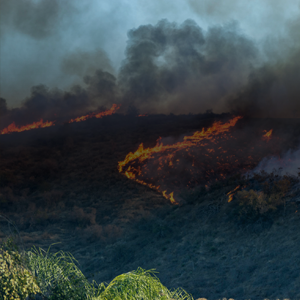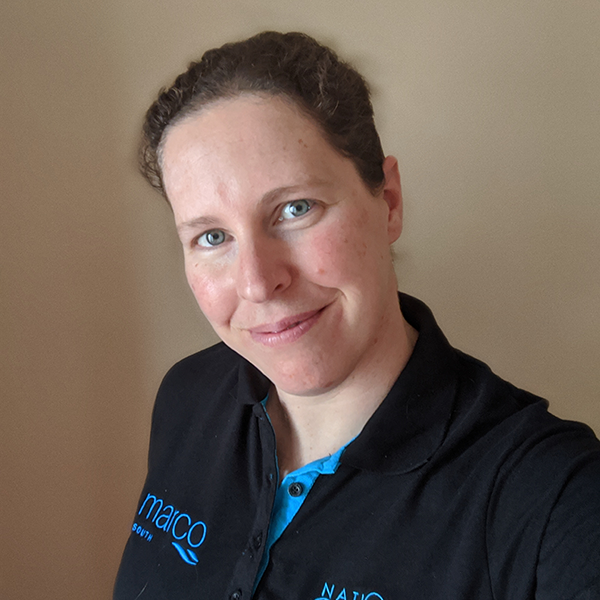Overview
| PI: Elizabeth Ferguson | Application Concept | Application Goal | Category | Host Agency and Potential Users | ARL | |
|---|---|---|---|---|---|---|
 | Combine in situ & satellite data to assess ecological characteristics associated with marine mammal occurrence & the impacts of climate change on indicator species | Advance marine mammal monitoring & understanding of indicator species; Extend spatial domain & temporal capacity of marine mammal monitoring in coastal Oregon | Water Resources | Early Adopter: Ocean Science Analytics End Users: Commercial & recreational fishing industry; online training community | 1 |
Read More
| PI: Elizabeth Ferguson | |||||
|---|---|---|---|---|---|
| Mission Data Product (provisional and test products in italics; view data products table) | Mission Performance Characteristics | SAT Partner | Ancillary Measurements | ||
| Chla, fluorescence line height, NPP, phytoplankton pigment concentrations, phytoplankton community composition | PACE OCI is expected to produce highly accurate measurements related to phytoplankton in coastal oceans (~1.1 km spatial resolution at nadir) every 1-2 days | Toby Westberry | In situ Chla, pH, pCO2, bio-acoustic data, SST | ||



































